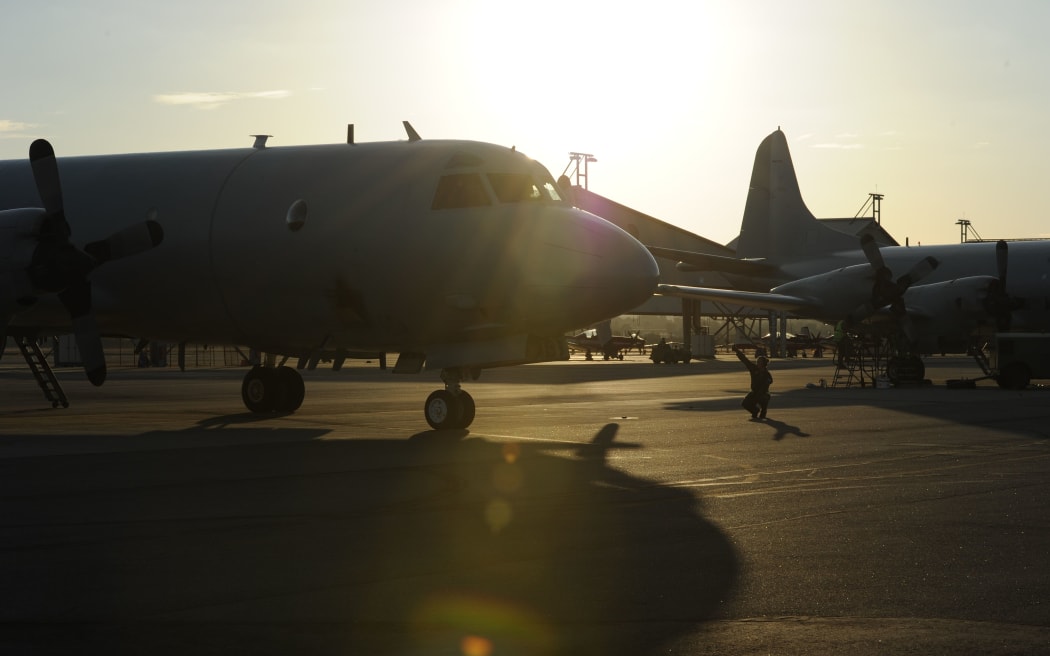Australian officials say two new "ping" signals have been detected in the search for the missing Malaysia Airlines Flight MH370, which was carrying 239 people.

Angus Houston, chief coordinator of the Joint Agency Coordination Centre. Photo: AAP
The plane vanished on 8 March en route from Kuala Lumpur to Beijing. Investigators believe it crashed somewhere in the southern Indian Ocean, west of the Australian city of Perth, and thousands of kilometres from its intended flight path. No confirmed debris has yet been found.
The search zone on Wednesday was narrowed down to 1300 square kilometres, after more audio signals consistent with the plane's 'black box' were detected from the depths of the ocean.
The furthest distance between the four most recent pings is about 25km, a dramatic narrowing of the focus zone, considering it began with a 305,000 square kilometre area.
Speaking at a news conference in Perth, Australian search coordinator and retired Air Chief Marshal Angus Houston said a signal was picked up by Australian Navy vessel the Ocean Shield on Tuesday afternoon and held for five minutes and 32 seconds. A second signal, detected by the same ship almost six hours later, was held for about seven minutes.
Mr Houston said if they further refined the search, a submersible could be sent to the ocean bed.
"Hopefully, with lots of transmissions, we'll have a tight, small area and hopefully, in a matter of days, we will be able to find something on the bottom that might confirm that this is the last resting place of MH370."
The latest development would ensure that the search team could cover a far more reduced and manageable area, he said.
Royal Australian Navy Commodore Peter Levy said an as-yet unspecified number of aircraft were dropping a series of sonar buoys into the Indian Ocean over the position the pings had been detected.
"Sonar buoys are essentially a sensor package that's parachuted out of the aircraft, floats on the surface of the ocean and will deploy on a hydrophone 1000 feet below the surface of the ocean. The sonar buoy that floats has a radio in it that transmits the data back to the aircraft."
Commodore Levy said each aircraft could carry 84 sonar buoys.

An Australian Orion aircraft arrives back at Pearce Airbase, near Perth, after searching for missing Malaysia Airlines Flight MH370. Photo: AFP

